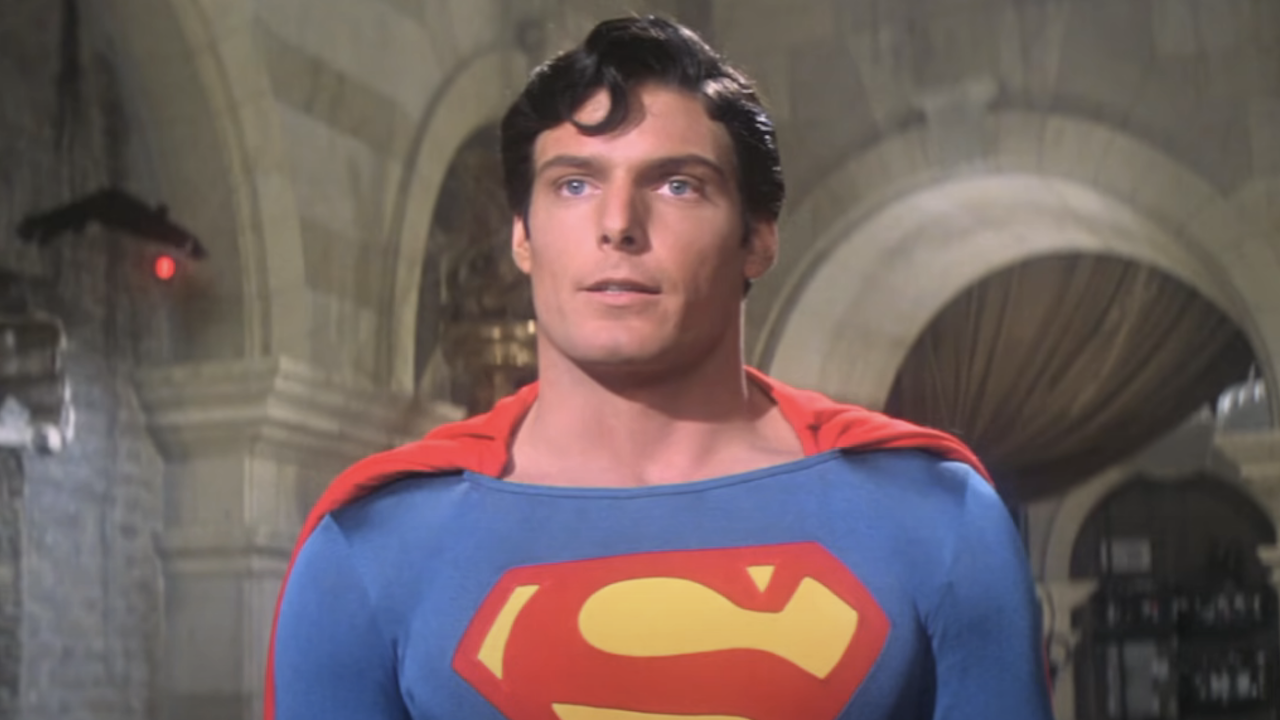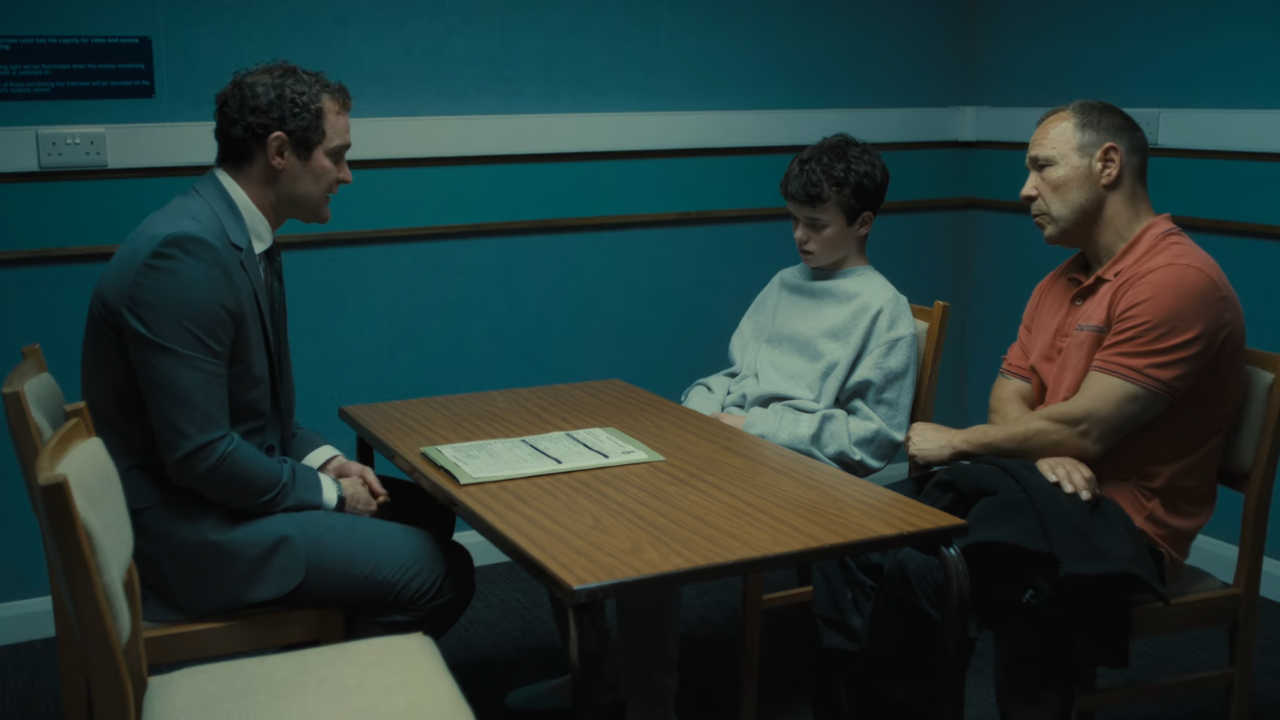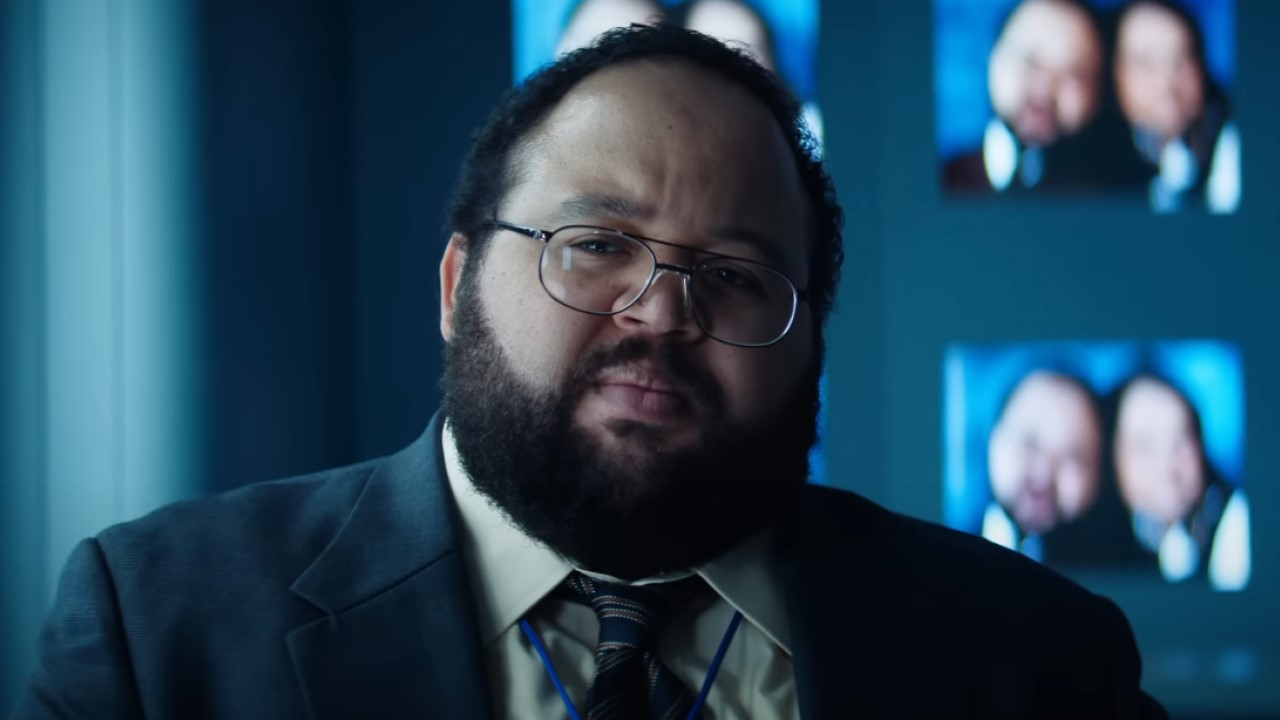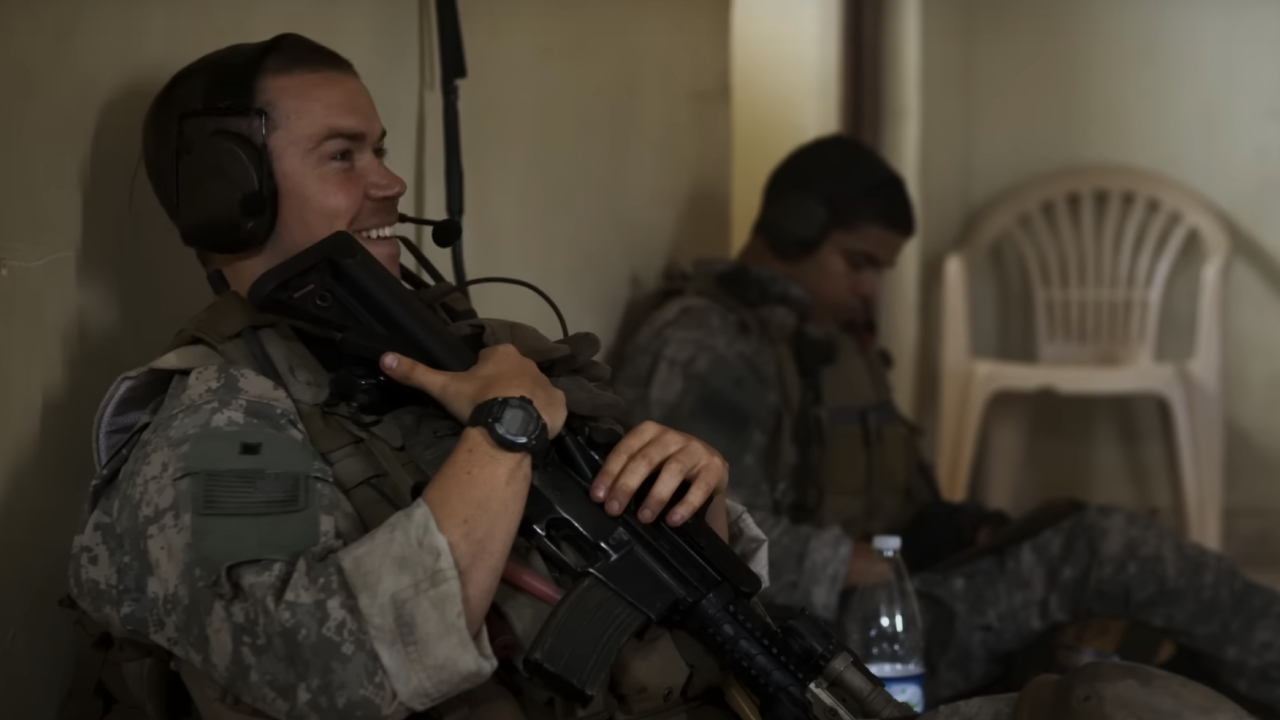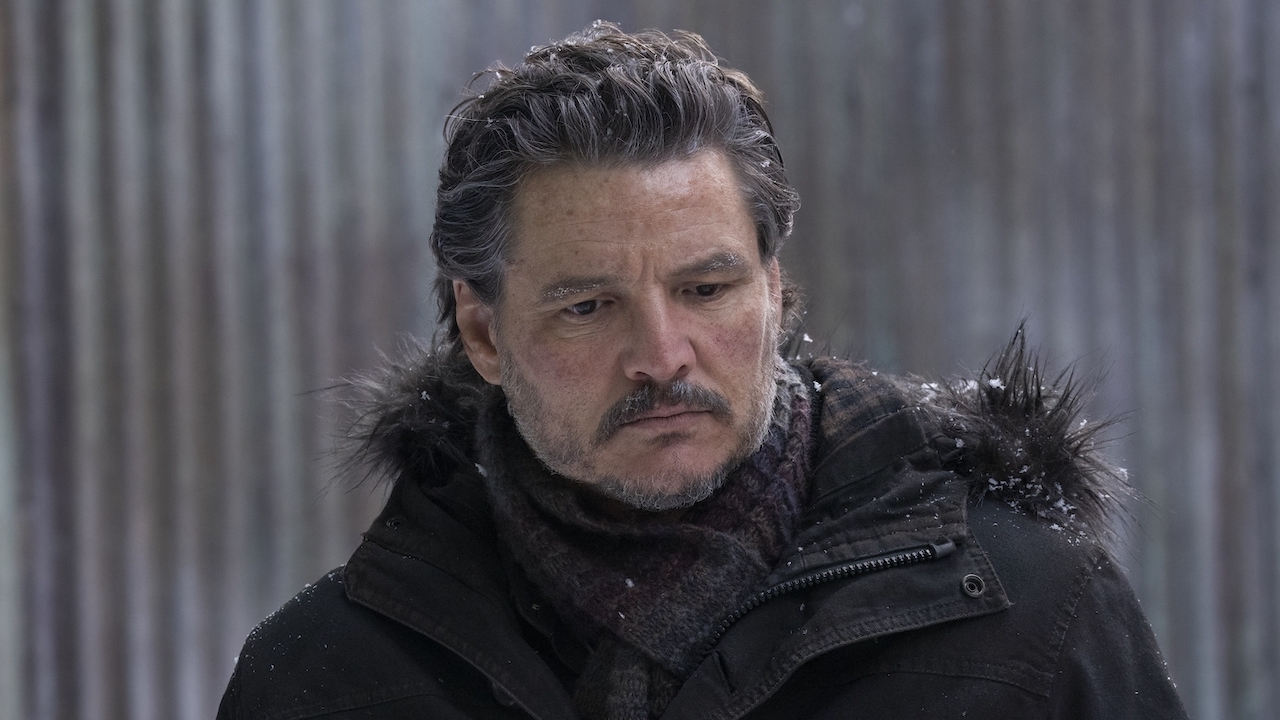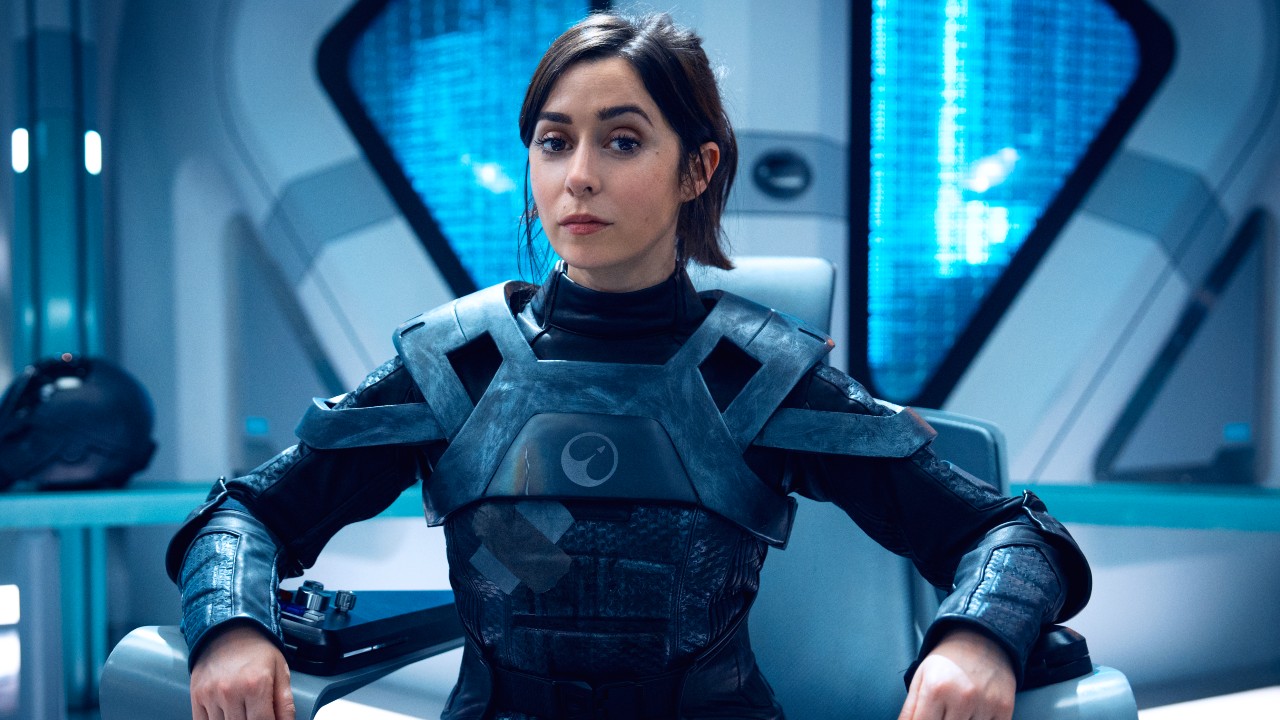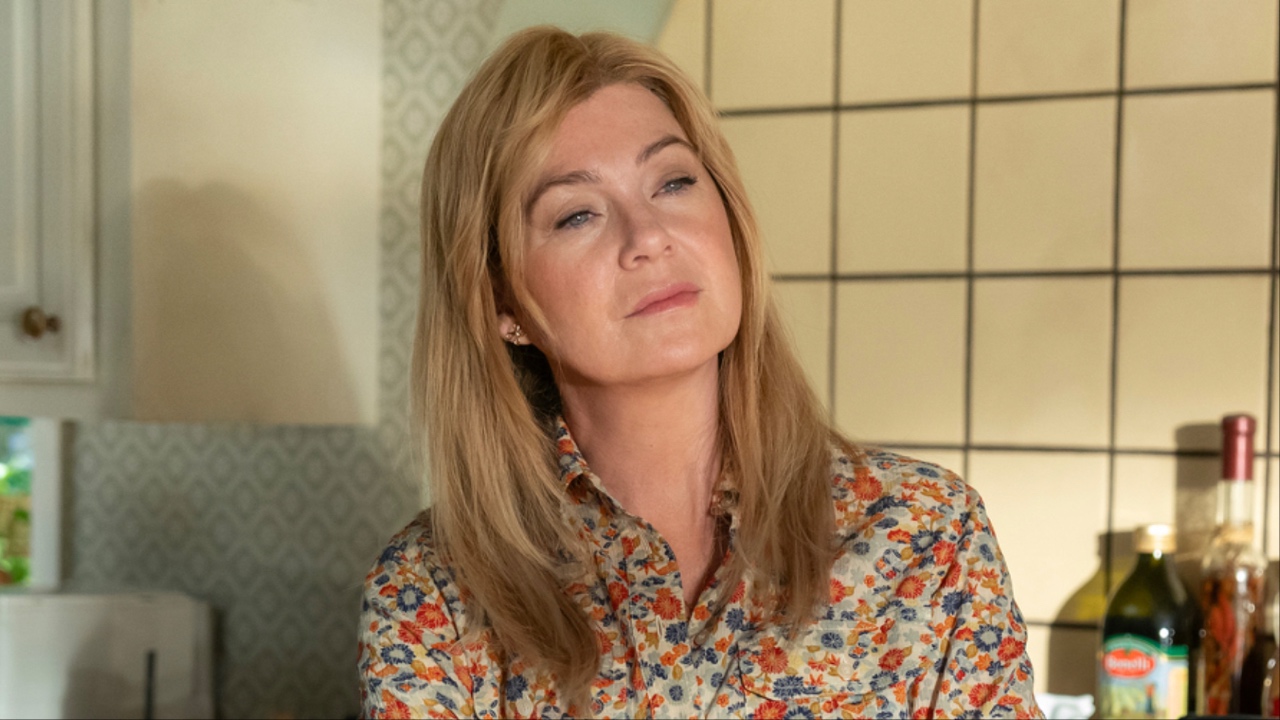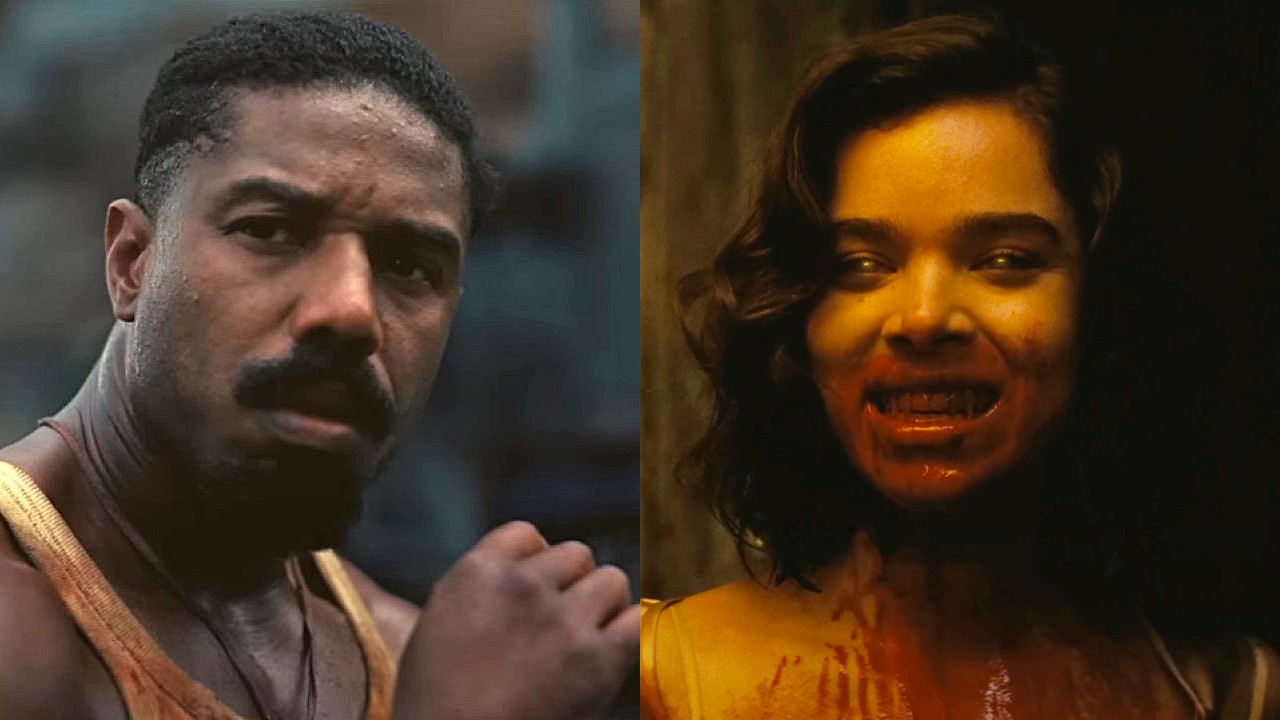All The Major Changes In Netflix's Avatar: The Last Airbender From The Original Animation
Alright, let's talk about it.
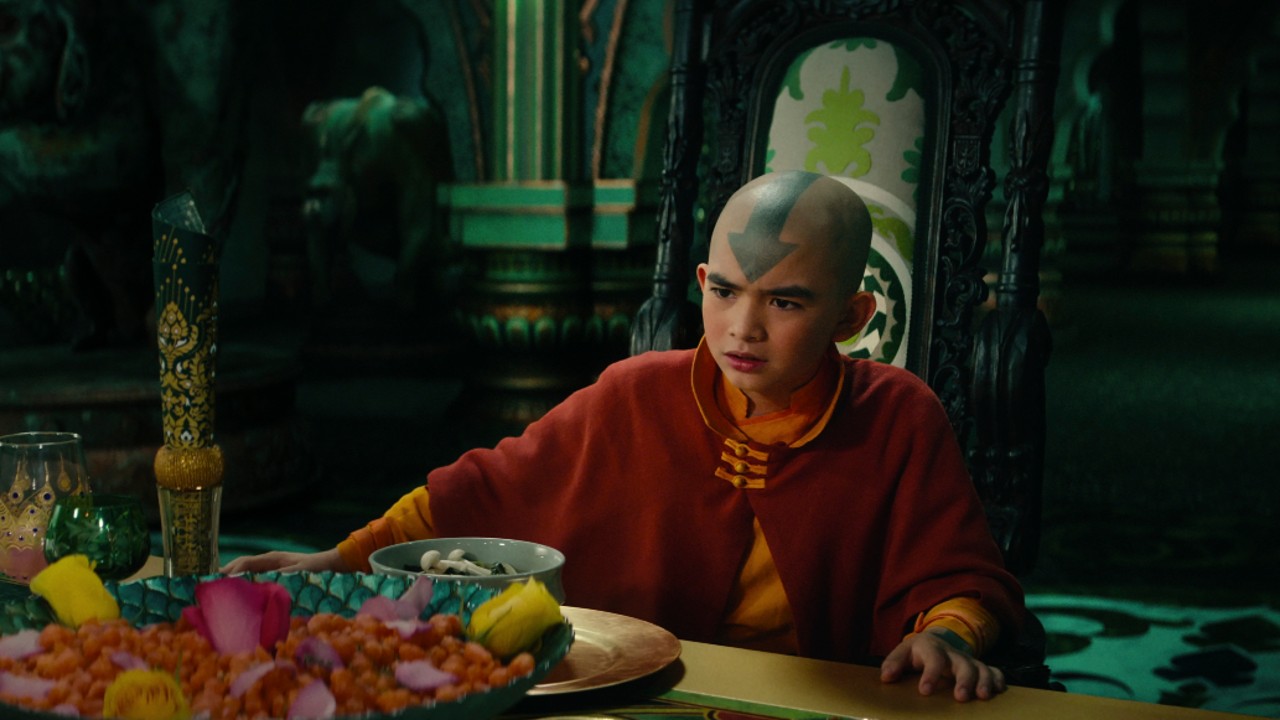
The Netflix version of Avatar: The Last Airbender has finally arrived – and boy, it has some changes from the original cartoon.
Regarding Avatar: The Last Airbender, I'm a huge fan and have been for many years. So when I heard a live-action remake was coming to Netflix, I was excited – albeit cautiously so. But now, it has come and gone, I binged it in one night, and I loved most of it.
As a fan, I felt it was made for fans themselves, but I would be silly to ignore all the massive changes the show made between this first season and the first book of the original animated show. So today, we'll be going over many of the vast changes made to the show.
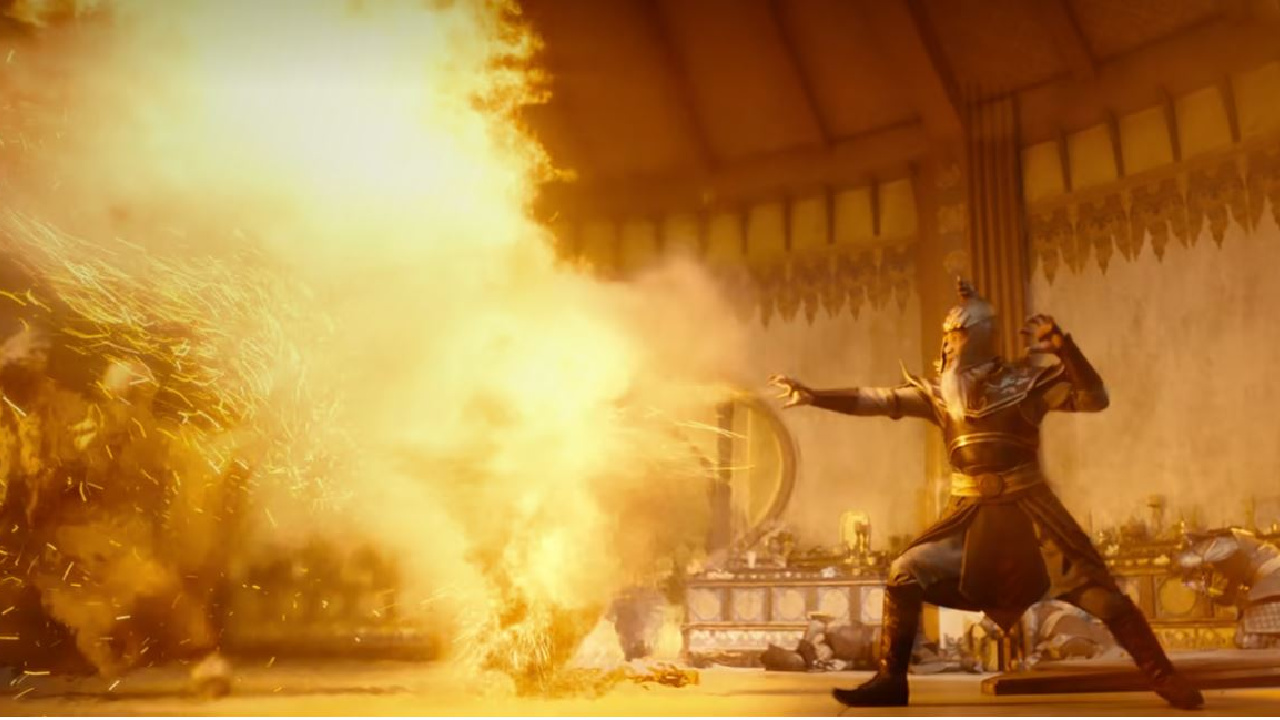
Actually Seeing The Genocide Of The Air Nomads
In this show, we see some more mature topics directly addressed, and I knew that going into this show. However, I didn't fully expect to see the genocide of the Air Nomads so quickly.
It's within the show's first 20 minutes, and it really does rip your heart out. We don't see the genocide in the animation – we just see the bones afterward.
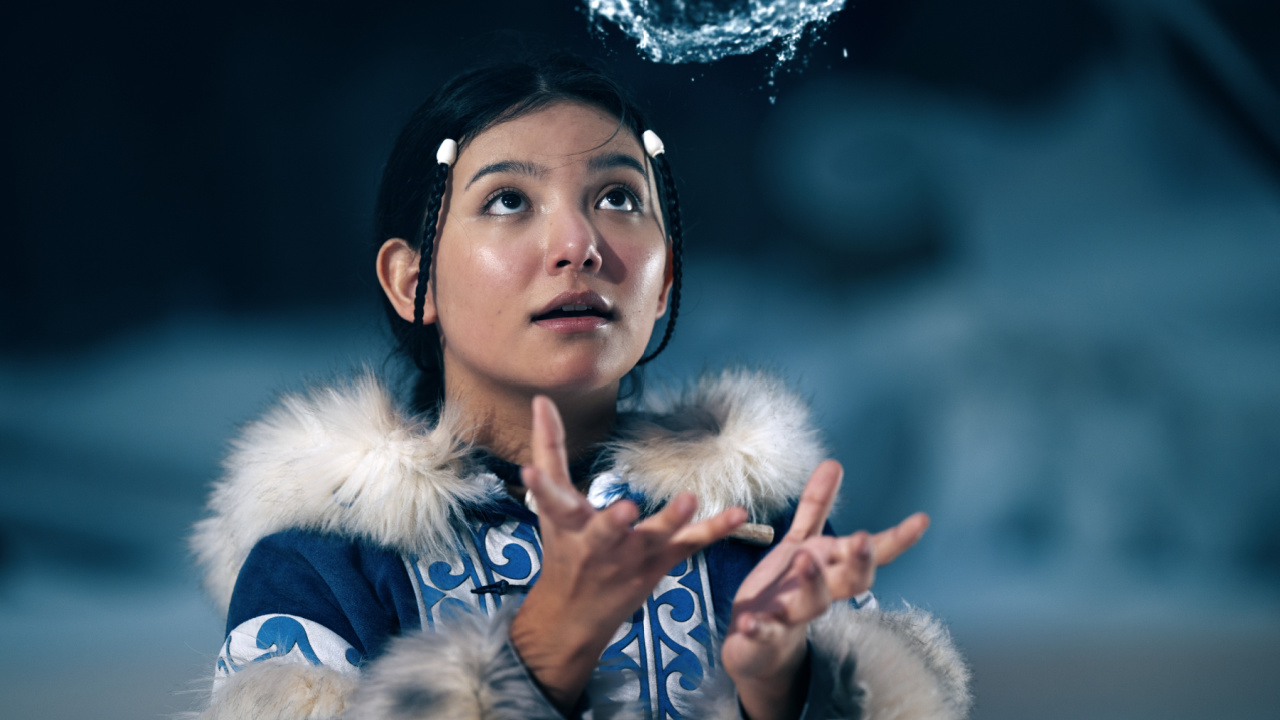
Aang Doesn’t Learn Waterbending In Season 1
In the first season of the animation, Aang is continuously learning waterbending, but in the live-action…we don't see him bend a single bubble of water. Which is quite strange, considering the first season of the animation is solely about water. I guess that'll happen offscreen.
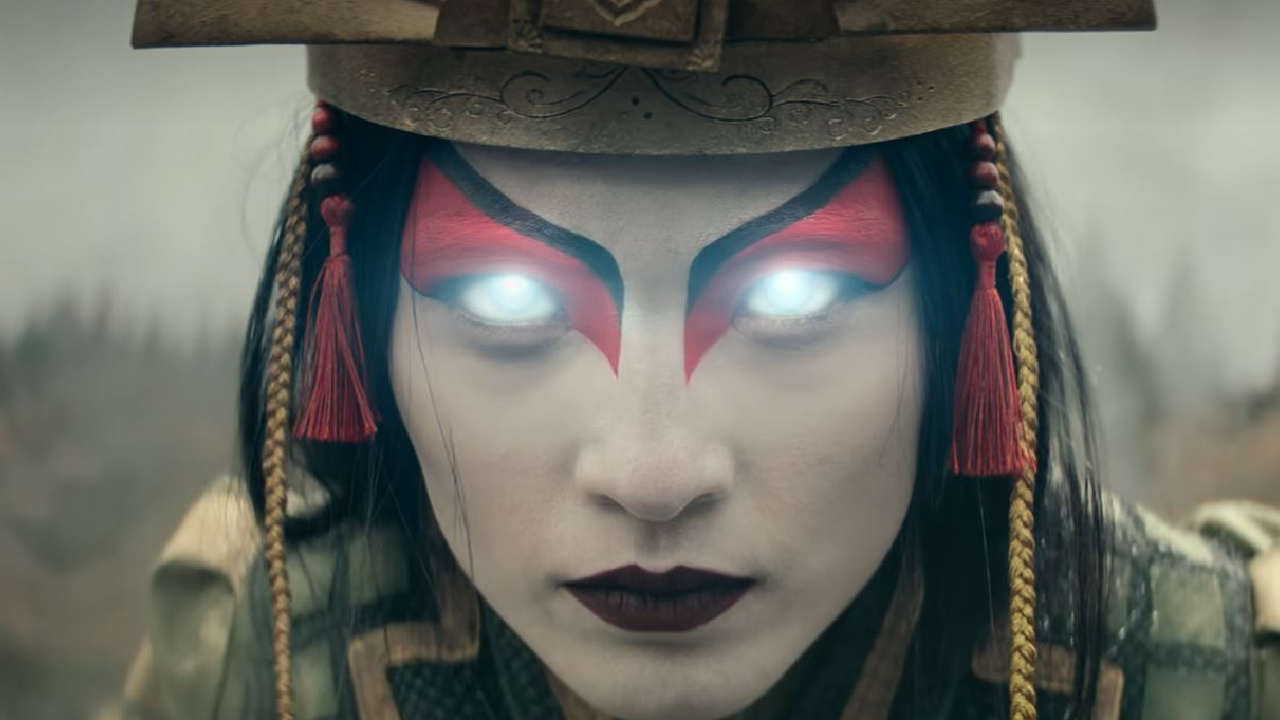
Avatar Kyoshi Takes Over Aang Instead Of Avatar Roku
I love Kyoshi and would love to see her in an ATLA spinoff, but I was surprised at how much she was featured in the live-action version. Instead of Avatar Roku showing his powers in his temple on Crescent Island by taking over Aang's body, Kyoshi comes to Aang's aid on Kyoshi Island. While it's a badass scene, it was indeed different.
CINEMABLEND NEWSLETTER
Your Daily Blend of Entertainment News
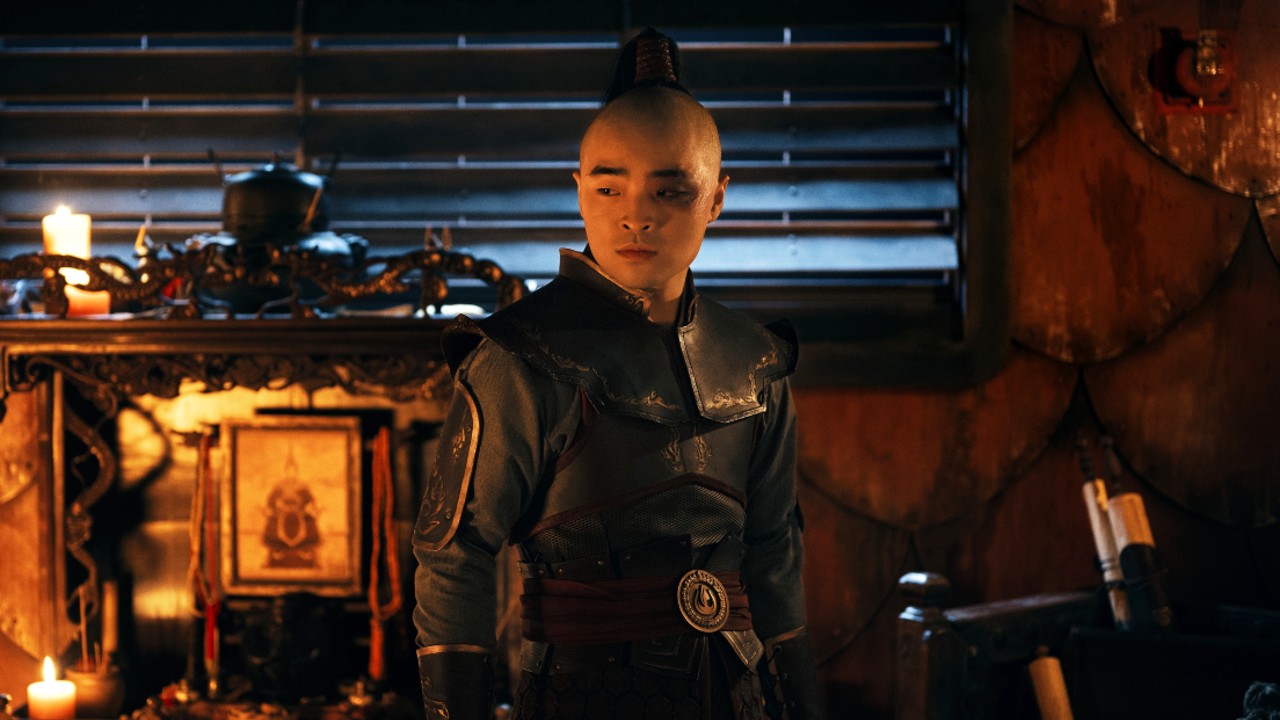
Aang Steals Zuko’s Notebook
I don't recall Zuko (who has the best character arc ever in the animation) having a notebook in the original show. However, in the live-action, he does have one for his notes on the Avatar – and when Aang is trying to figure out how being the Avatar works, he steals Zuko's notebook when he's on his ship.
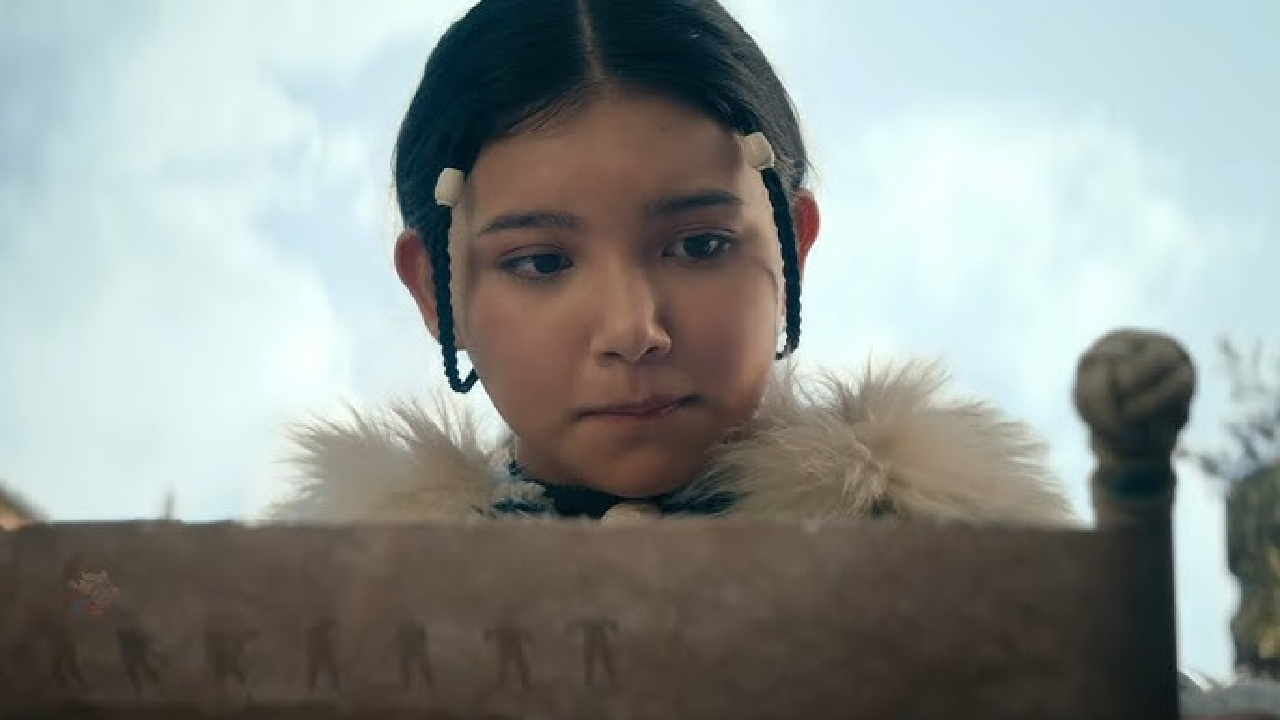
Katara Receiving The Waterbending Scroll From Gran Gran Instead Of Stealing It
I'm not a massive fan of this change. In the animation, Katara steals the waterbending scroll from a group of pirates, but her grandma somehow has it chilling in their camp in the live-action.
It takes away the idea that good people can sometimes do bad things too, but I suppose she learned how to waterbend at the end of the day.
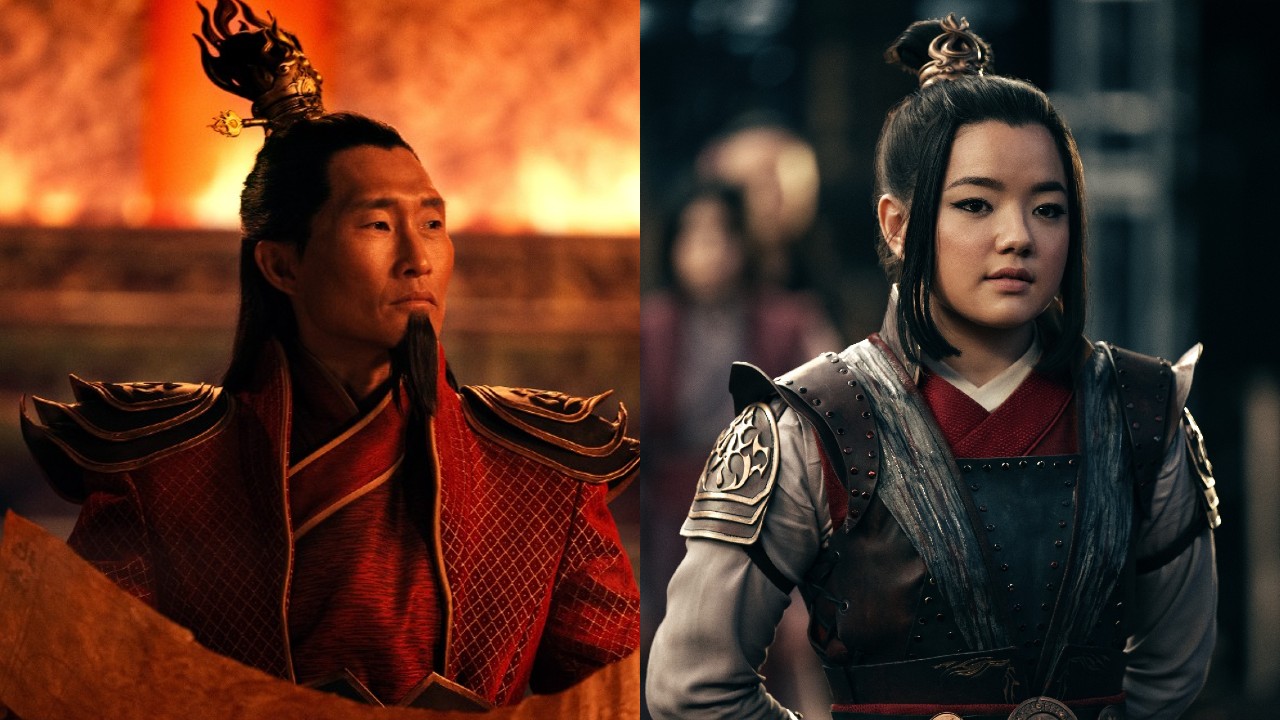
Azula And Ozai Making Their Grand Introduction Way Earlier
One of the most significant changes was Ozai and Azula entering the show much earlier than their animated counterparts. Azula didn't appear until the end of Season 1, and then Ozai wasn't fully present until Season 2.
Granted, that means I get to see more of Azula being a badass female bender (even if she's scary as heck), but I'm still surprised to see her and her dad so soon.
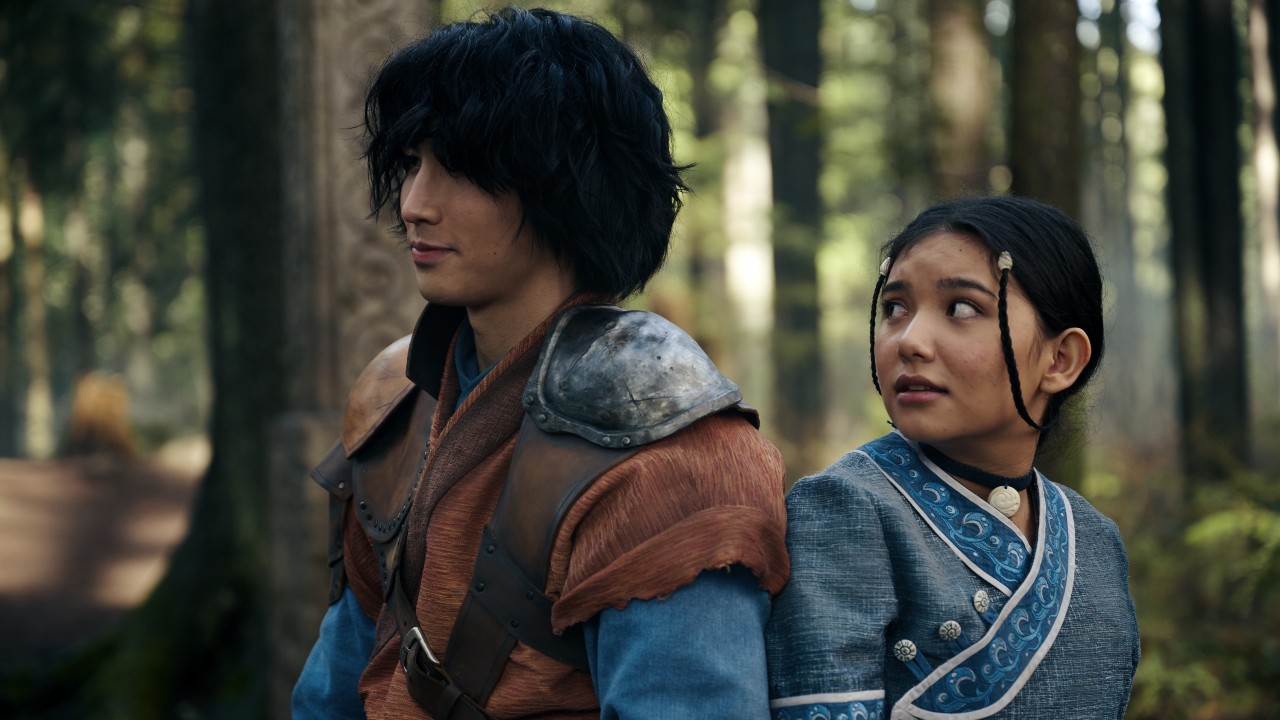
Jet, The Mechanist And Bumi's Stories All Converge In Omashu
Personally, I had difficulty following Bumi, Jet's freedom fighters, and the Mechanist stories as they all converged near Omashu, because in the animated series, they all have their own episodes. It felt like no true separation or travel was happening like it was in the original cartoon.
Granted, I think it's just to make things look more realistic and condense episodes, but it was still difficult to follow initially. Even so, I have to say that Dan Pudi was still the best addition to the Avatar: The Last Airbender cast. I loved him as the Mechanist.
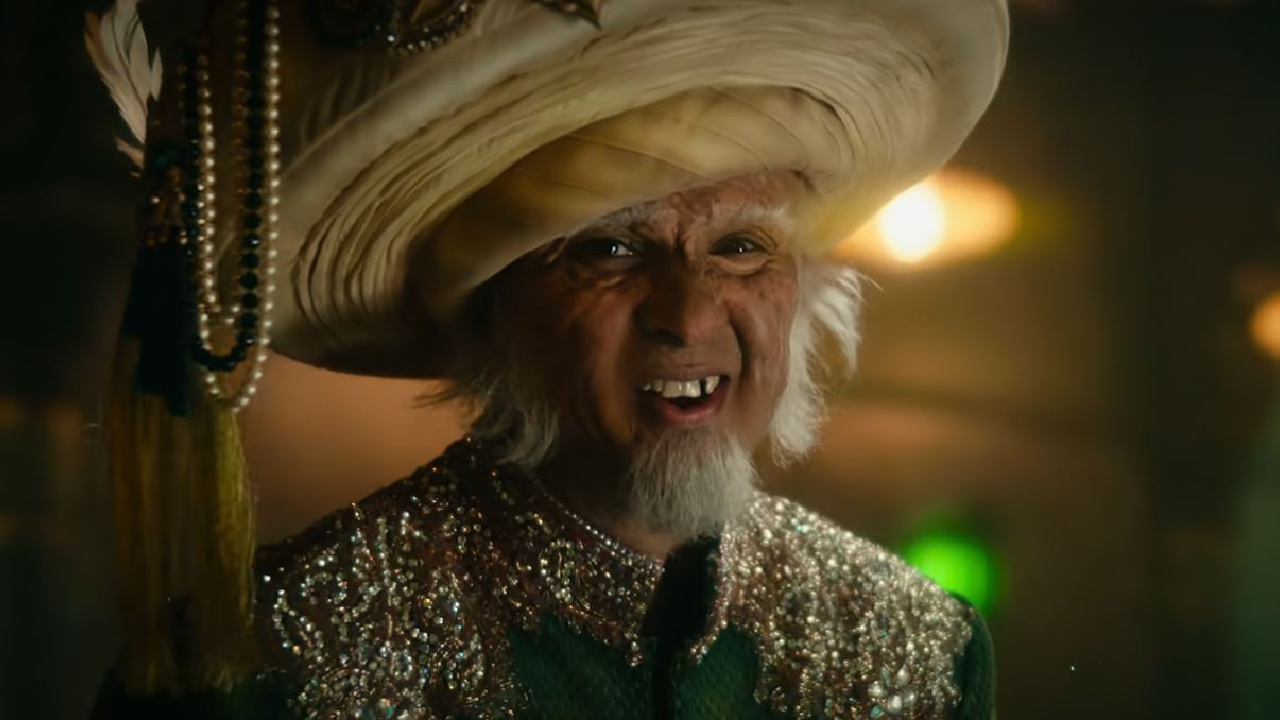
Katara And Sokka Aren't Part Of Bumi's Games
Another change is that Bumi tests Aang's strength through a series of challenges – "games" – and Katara and Sokka are a part of them in the animation. Or, more or less, they're pawns to get Aang to do the challenges.
In the live-action, the characters aren't with Aang at this point, and they are in tunnels trying to get to find and rescue him.
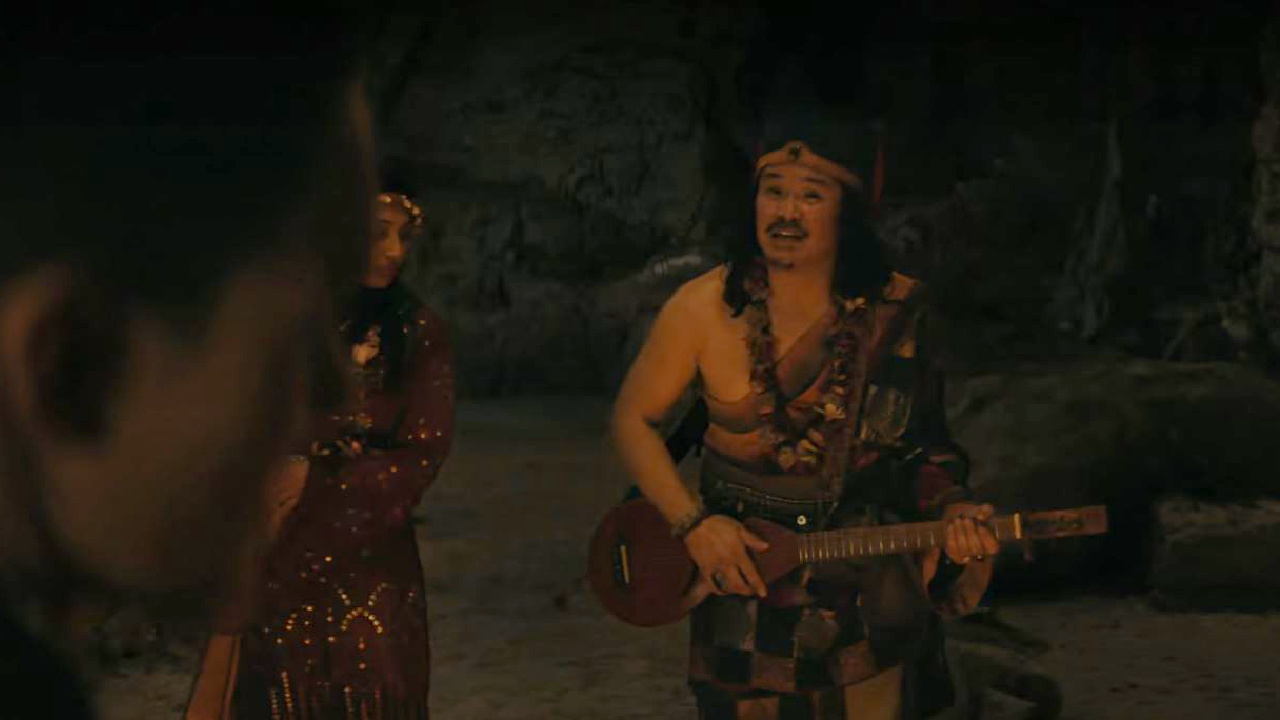
The Secret Tunnel Song Happening In Season 1
Probably one of the best inside jokes for fans from the original animation is the "Secret Tunnel" song, which is so out there and ridiculous. Still, it was featured in Season 2 of the OG show, not Season 1. It was still pretty funny, though. 'Secret Tunnelllll!'
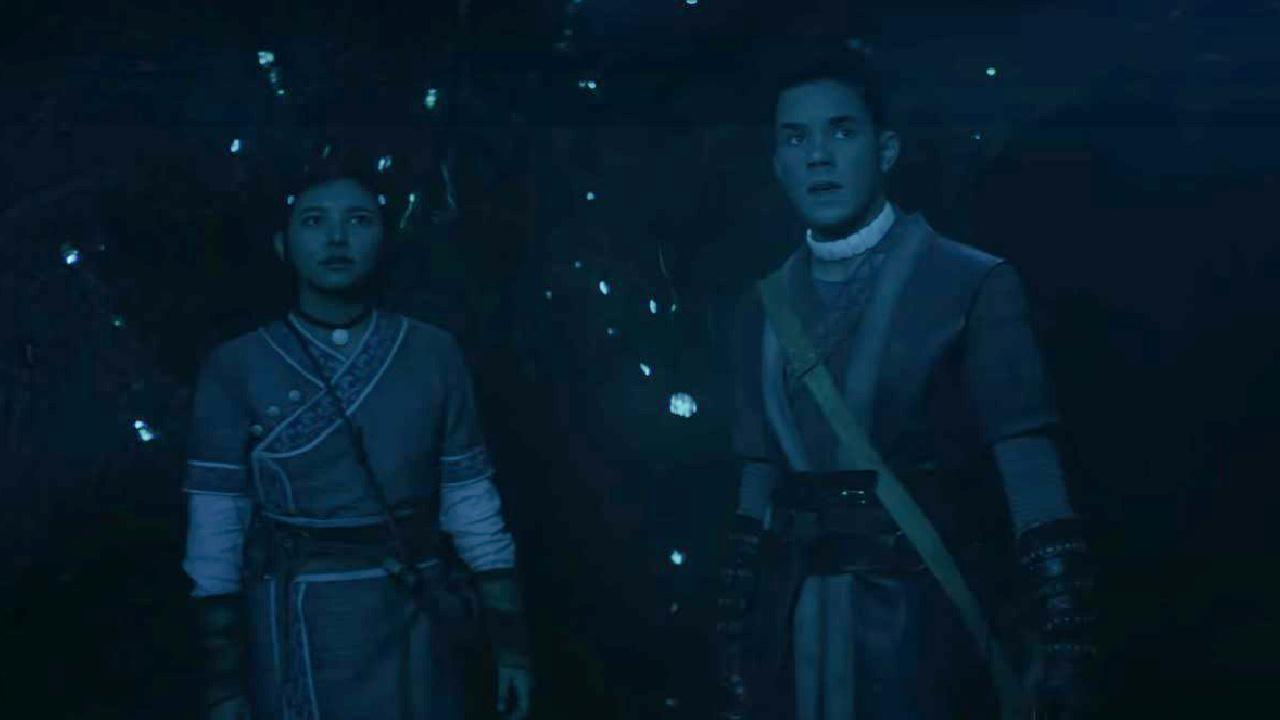
Sokka And Katra Going To The Cave Of Two Lovers
The Cave of Two Lovers was initially featured in Season 2 of the animation, but it was pushed to Season 1 of the live-action. However, the more egregious change was putting Katara and Sokka in it instead of Katara and Aang, changing up the meaning to just love in general instead of romantic love – which feels quite strange if you know how the relationships of Avatar: The Last Airbender go.
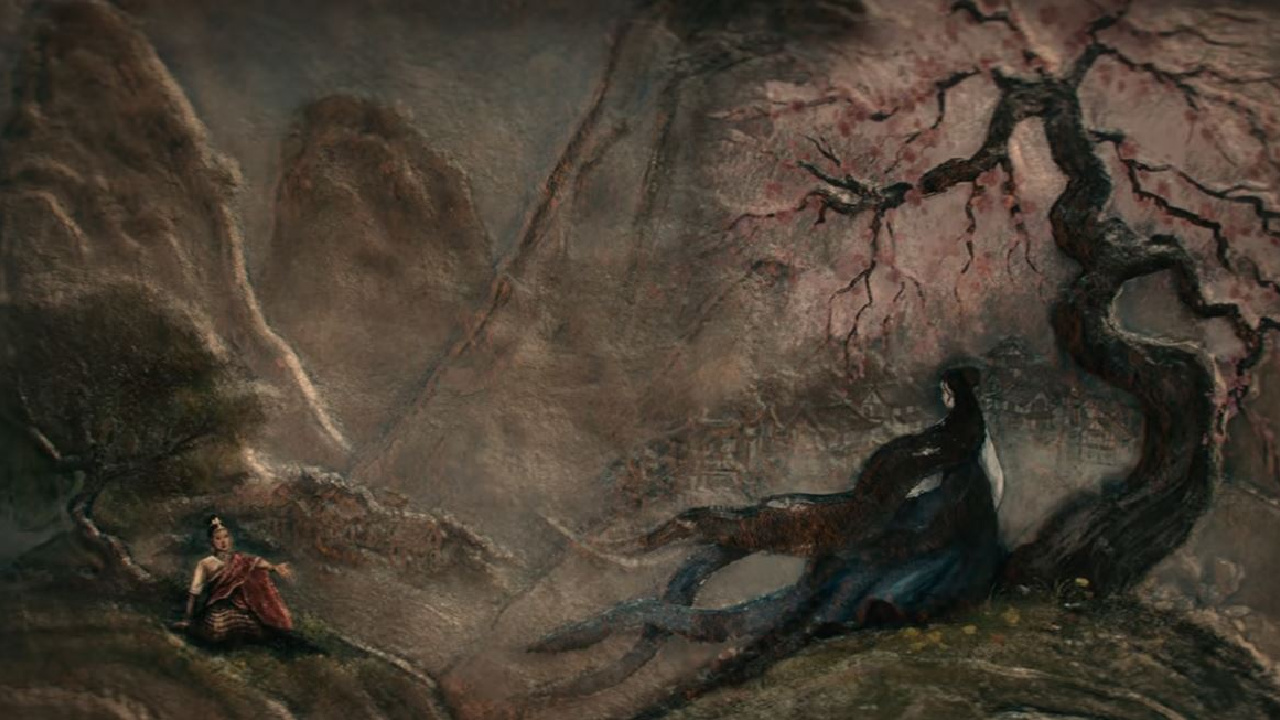
And The Two Lovers Being About Two Women Instead Of A Man And A Woman
There have been plenty of LGBTQ+ moments within the ATLA franchise, like Korrasami. Still, the creators decided to change up Omashu's tale of two lovers for live-action, featuring two women as the lovers (Oma and Shu) Omashu was named after instead of a man and a woman.
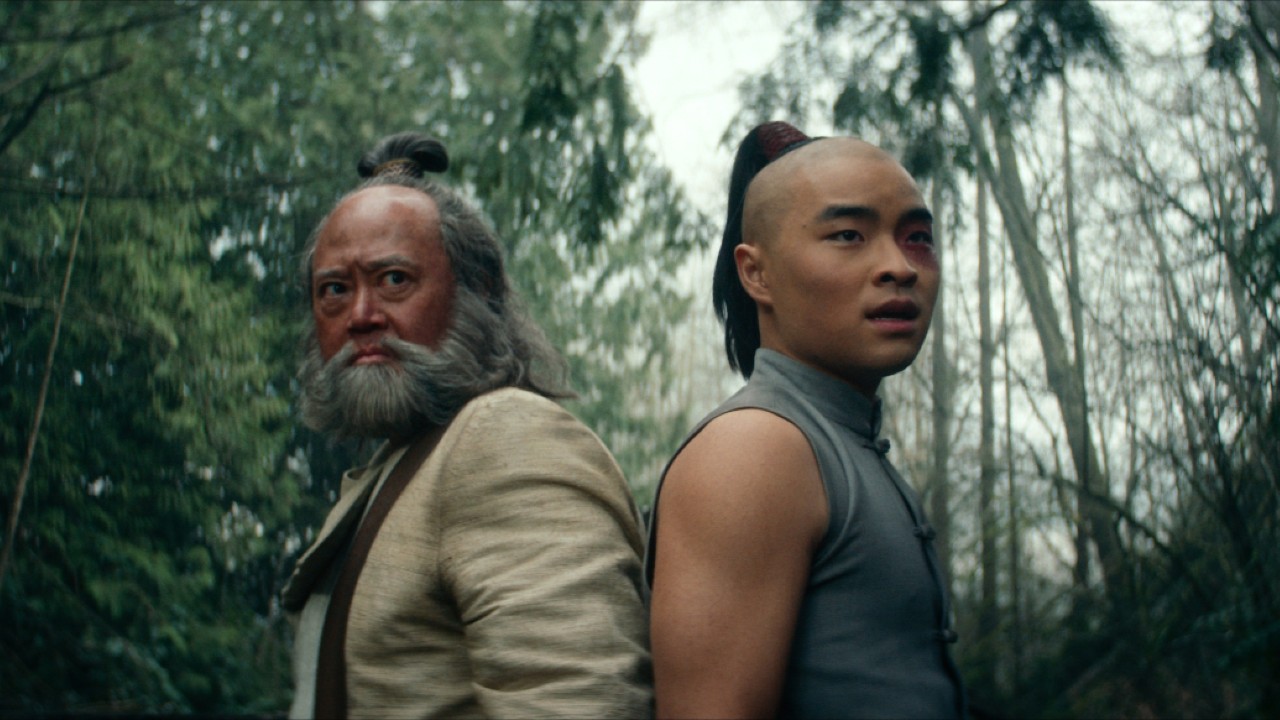
More Zuko And Iroh Flashbacks To Cement Their Relationship
Iroh's words of wisdom guided Zuko throughout the animation, and I was so glad that he and Zuko's relationship was expanded on throughout the first season of the live-action. Indeed, it was one of the best changes, and I would watch a whole season of just them.
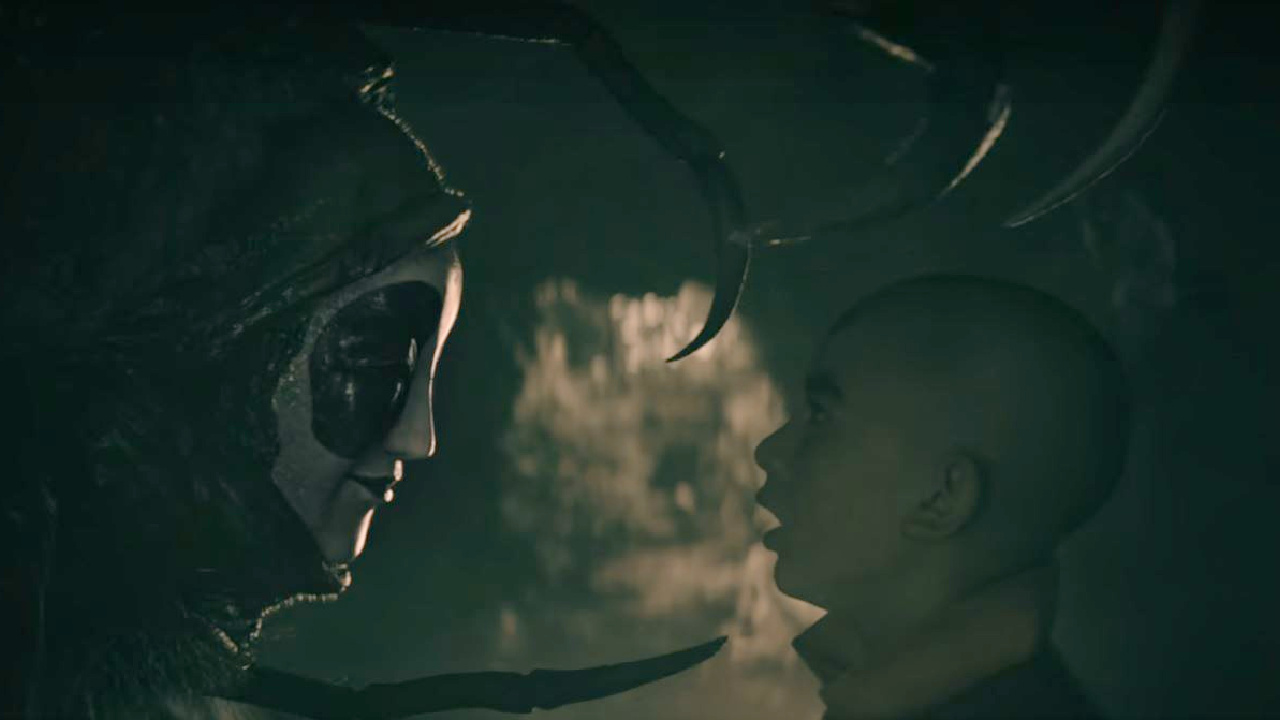
The Change In The Spirit World – And Koh’s Backstory As A Whole
There were so many changes to the spirit world plotline in both "Spirited Away" and "Masks," but I think the massive change I have to highlight here is Koh, known as the "Face Stealer."
In the animation, Koh steals faces when someone makes an expression at him, literally any expression, but in the live-action, that's not featured at all. Also, in the live-action, Aang can speak with Monk Gyatso in the spirit world, just for a little bit, which wasn't featured in the OG series.
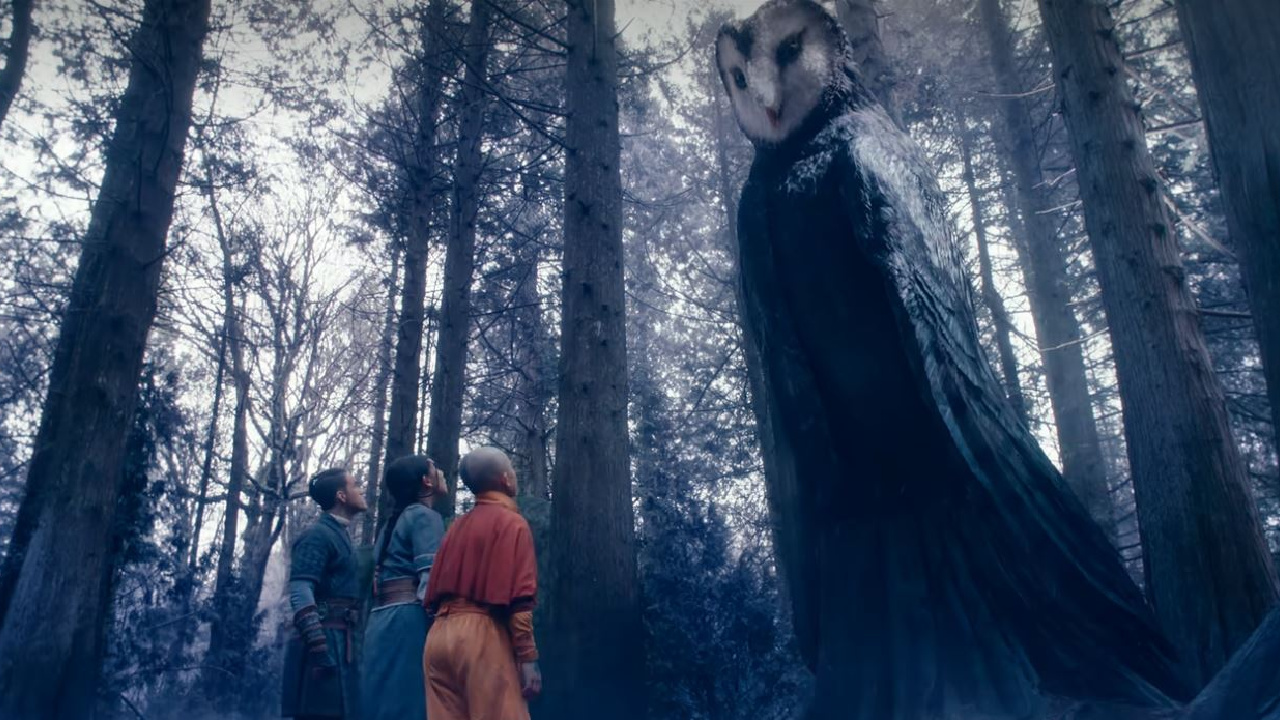
The Introduction Of The Owl Spirit
The Owl Spirit, named Wan Shi Tong, doesn't appear until the Season 2 episode "The Library" in the animated series. However, in Season 1 of the live-action version of Avatar: The Last Airbender, we see him for the first time when he tries to give Aang advice in the spirit world.
I'm sure that seeing a giant talking owl was startling to many people out there, but to the fans who know – that spirit will play a significant role in possible future seasons.
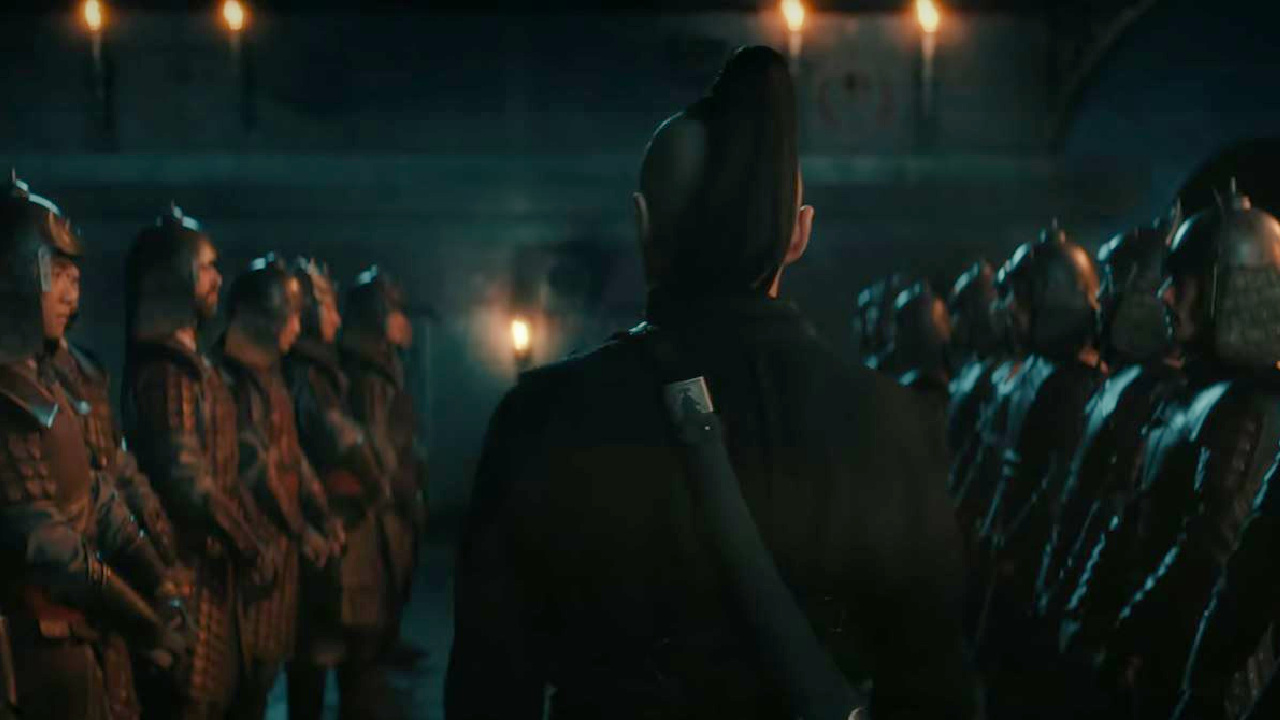
Making Zuko’s Crew The 41st Division – The One He Wanted To Save
Something that isn't in animation is Zuko standing up for expendable soldiers, which is what led to his banishment by his father and the scar on his face. They changed this in the live-action by making Zuko's crew on his ship the 41st Division, the soldiers he stood up for and were now alive because of him.
This leads to a fantastic moment in "Masks," where the soldiers bow to him in respect as Iroh tearfully watches on.
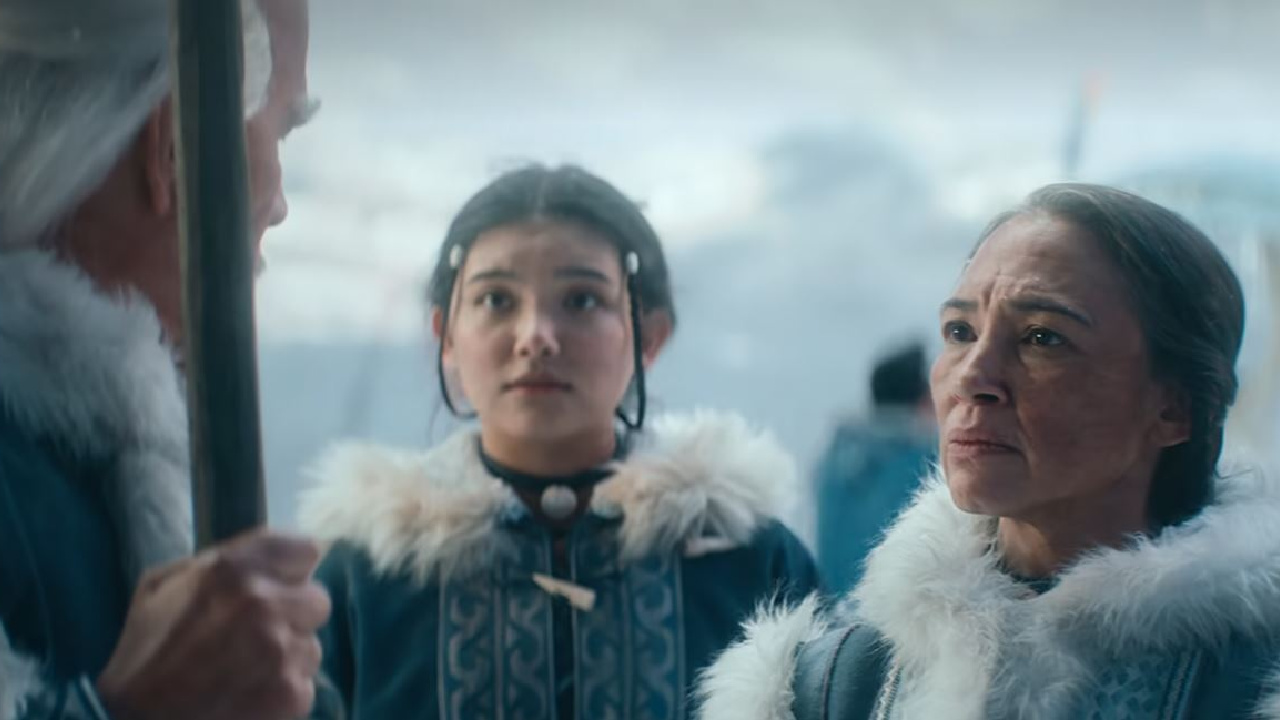
The Female Waterbenders At The Northern Water Tribe Rising Up
In the finale of Avatar: The Last Airbender – "Legends" – the Fire Nation is attacking the Northern Water Tribe. In the animation, the female water benders are used primarily to protect the children and elderly, as their bending is only used for healing.
In the live-action, the female waterbenders stand up to Pakku, the waterbending master, and demand to help fight. It's a nice empowerment moment for Katara – I was a little concerned, considering they were trained to heal, not to fight, but they ended up surviving.
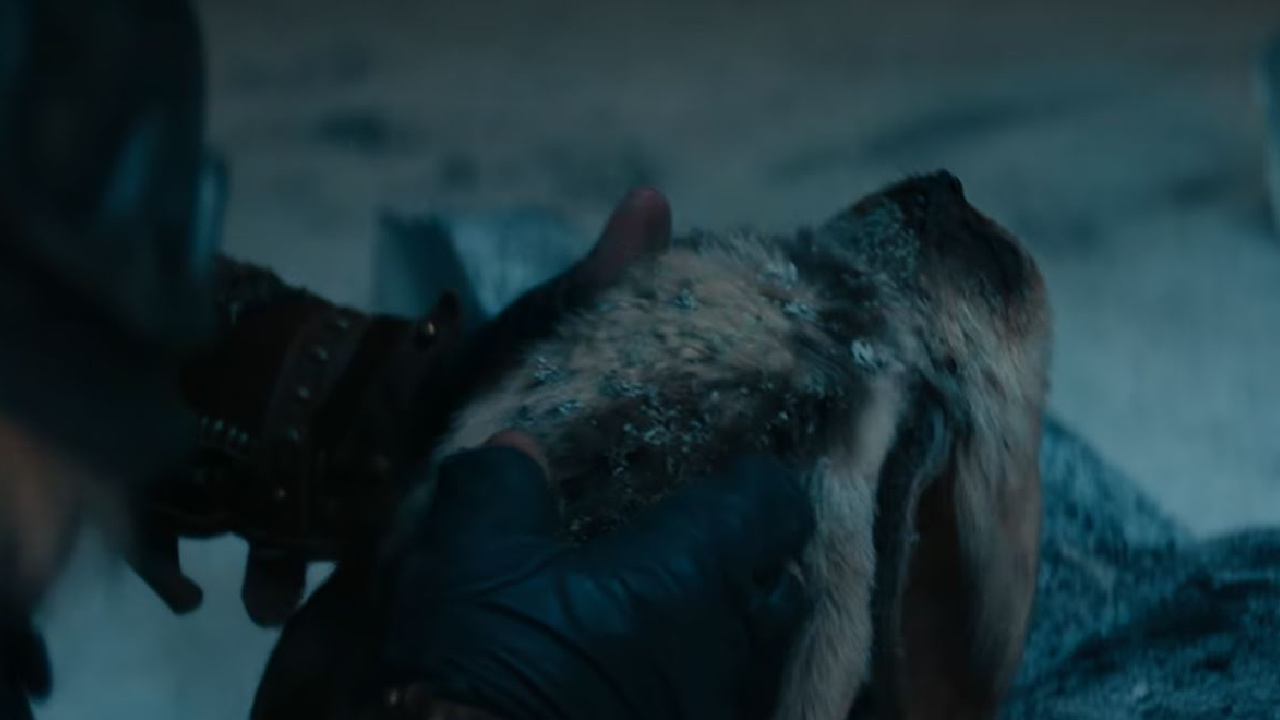
That Freaking Jumpscare When Momo Nearly Died
No. You cannot just scare me like that. Momo is a character that doesn't get talked about enough, and the finale of the live-action decided to rip my heart out and scare the absolute hell out of me by having Momo nearly get killed by a falling structure during the Fire Nation invasion.
That was not in the animation, and yes, I am sending my therapy bill to Netflix after that heart attack.
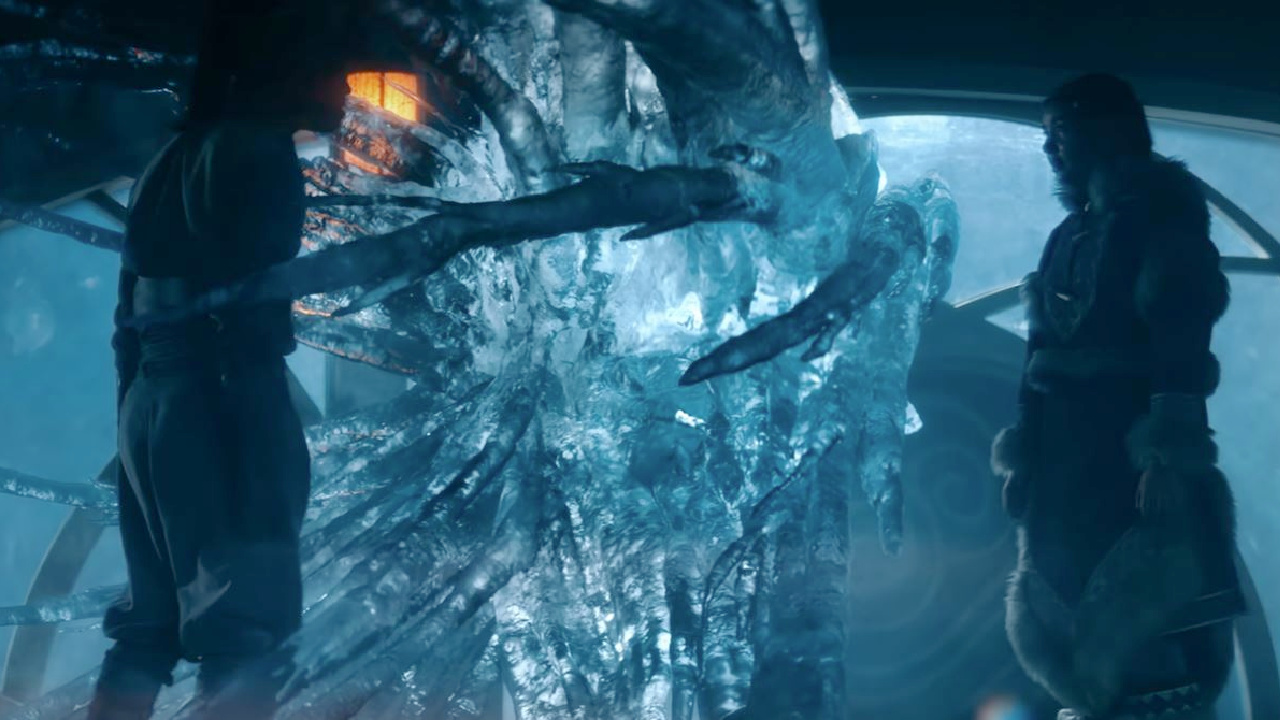
Zuko Doesn’t Get To Beat Katara In The Finale
In the animation, Zuko beats Katara when she tries to protect Aang as he tries to find out the names of the moon and ocean spirits. The firebender beats her and knocks her out, to the point where he's able to snatch Aang away for a bit – before he's defeated not that long after.
In the live-action, they have a battle, but they are interrupted by an explosion that suddenly causes the fight to end when they are covered in debris.
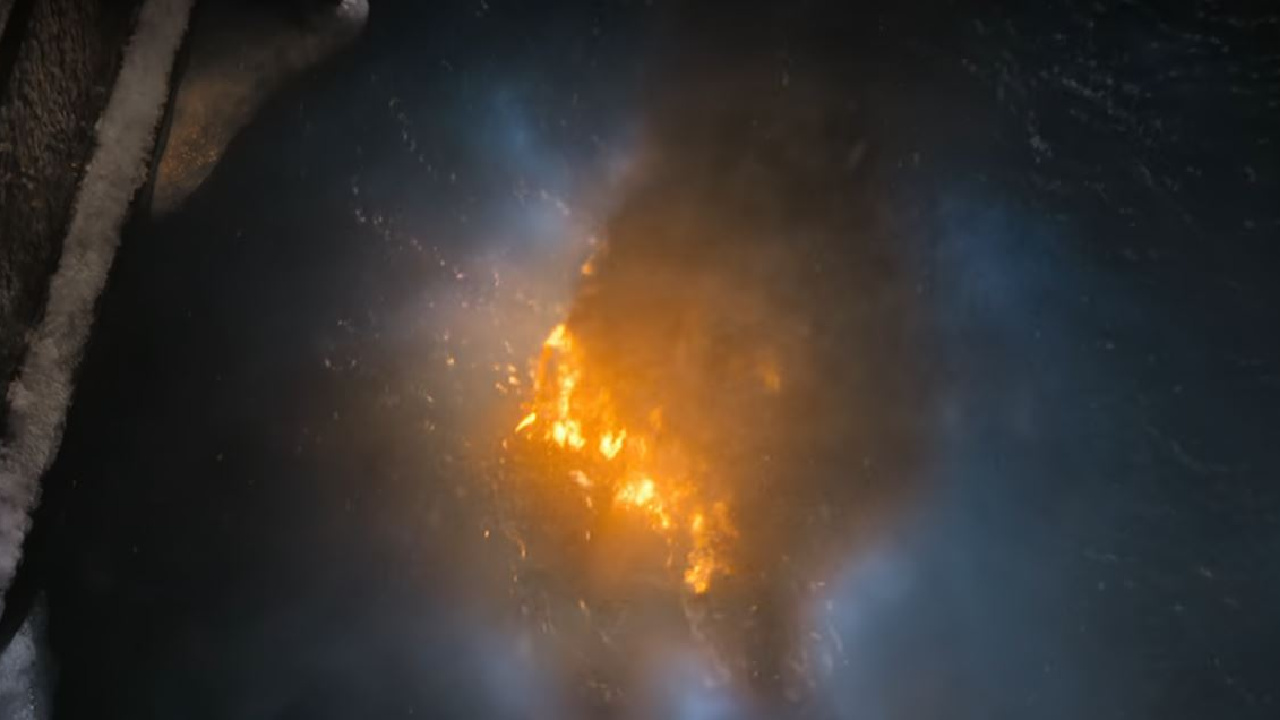
Zhao Isn’t Taken Into The Spirit World
A big moment for Zuko in the animation is when he still tries to reach out to Admiral Zhao despite his betrayal. But, Zhao, stuck in his pride, denies Zuko, and he is taken by the Ocean Spirit.
In the live-action, Zhao is killed by Uncle Iroh when he attempts to kill Zuko behind his back after their battle.
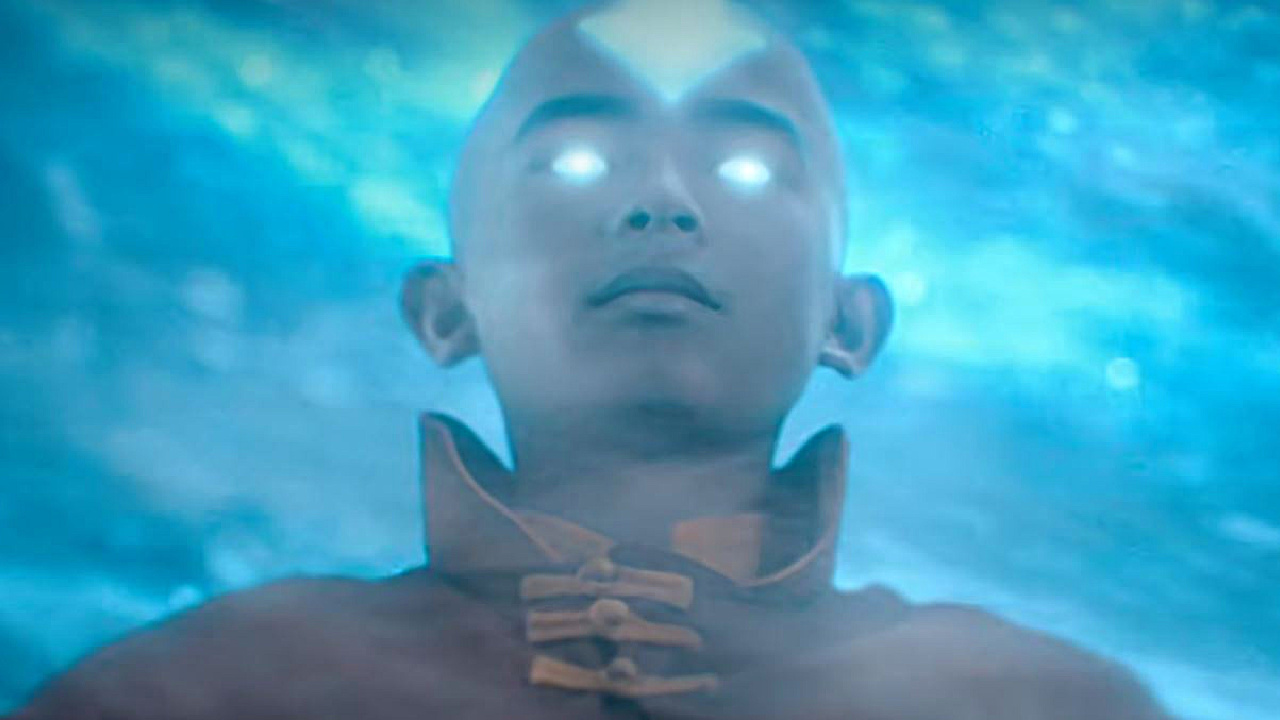
Aang Needing An Anchor To Come Back To Reality After Handing Himself Over To The Ocean Spirit
In the animation, after defeating the Fire Nation and the moon spirit is restored, the ocean spirit simply lets Aang go – he's exhausted but can return to his human body.
In the live-action, Aang needs an anchor to return to the human world after becoming that giant Godzilla-looking creature, and his anchor is Katara.
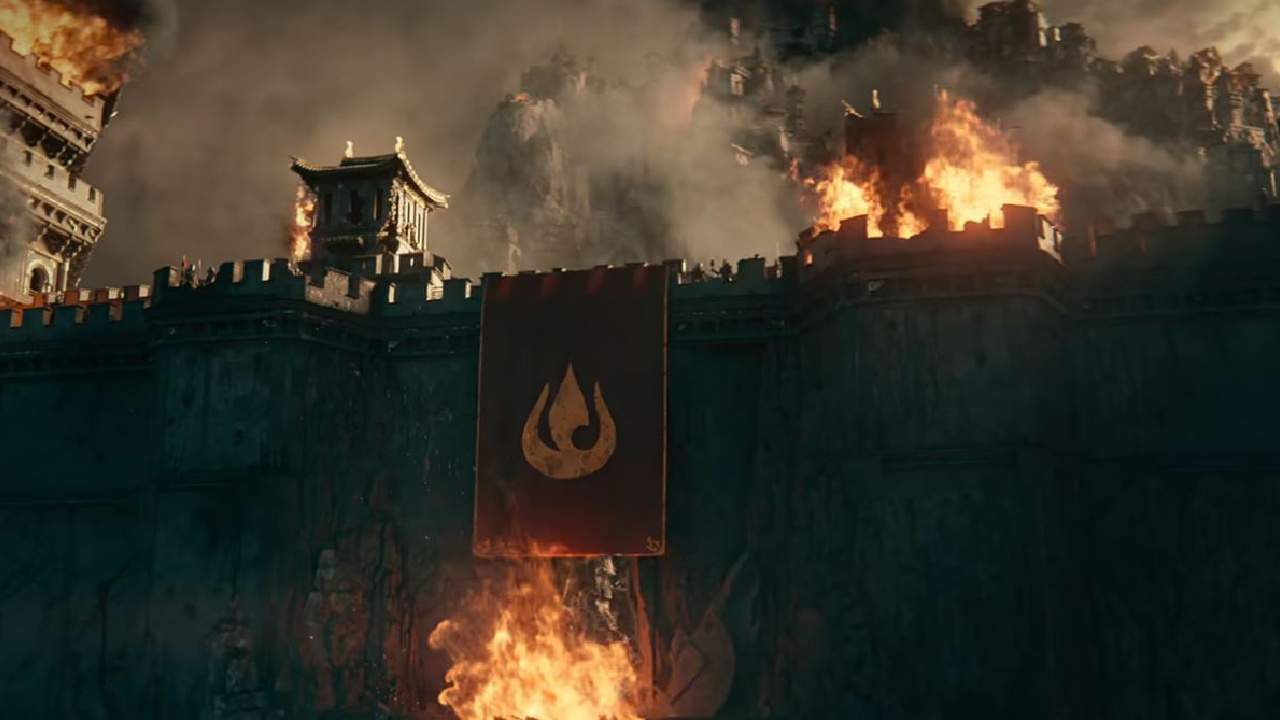
Azula Is The One Who Takes Over Omashu
While the Earth Kingdom does get taken over by the Fire Nation in Season 2 of the original show, it is not Azula that does so.
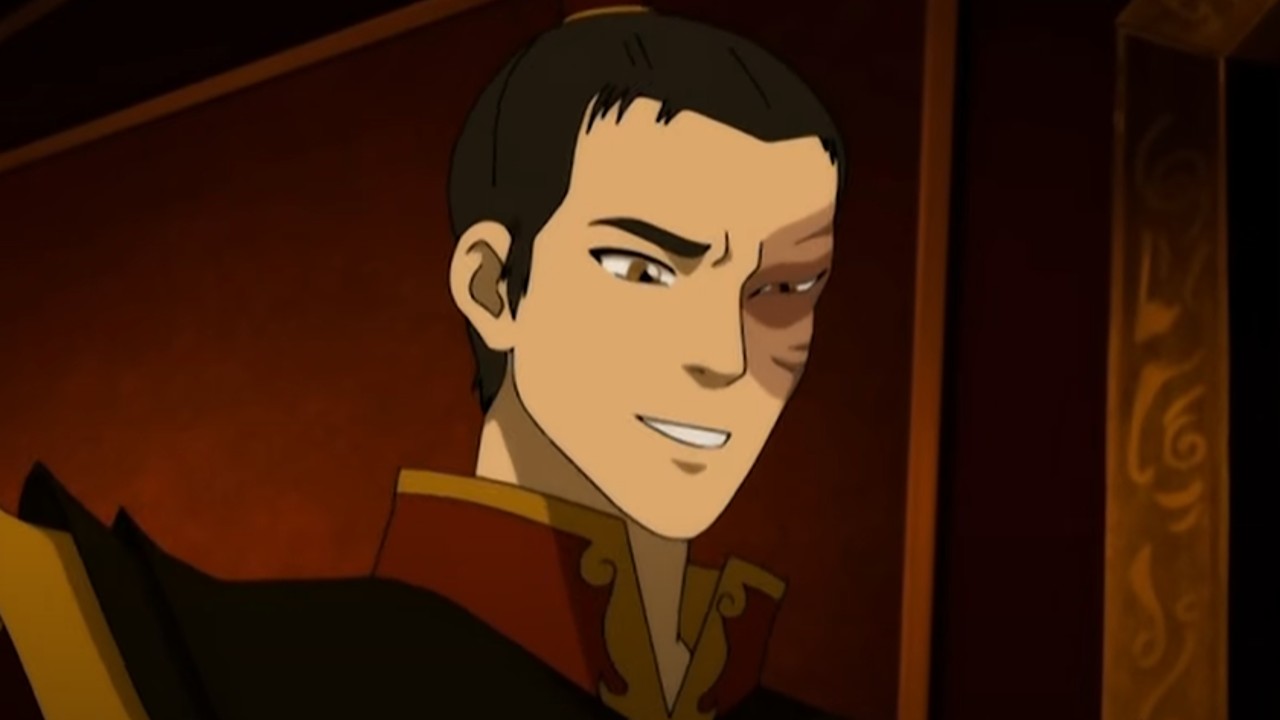
If you're confused about Avatar: The Last Airbender's main royal family, here is your guide.
In the live-action, however, this was Azula's conquest after she denied her father, and he sent her to go and take over Omashu, which she did successfully.
Jeez, just writing about all these changes makes me want to rewatch the original animation – and maybe even the live-action one, too.
Somehow, condensing all these episodes from the animation into eight episodes felt impossible, but it was still entertaining, even with all these changes.

A self-proclaimed nerd and lover of Game of Thrones/A Song of Ice and Fire, Alexandra Ramos is a Content Producer at CinemaBlend. She first started off working in December 2020 as a Freelance Writer after graduating from the Pennsylvania State University with a degree in Journalism and a minor in English. She primarily works in features for movies, TV, and sometimes video games. (Please don't debate her on The Last of Us 2, it was amazing!) She is also the main person who runs both our daily newsletter, The CinemaBlend Daily, and our ReelBlend newsletter.
